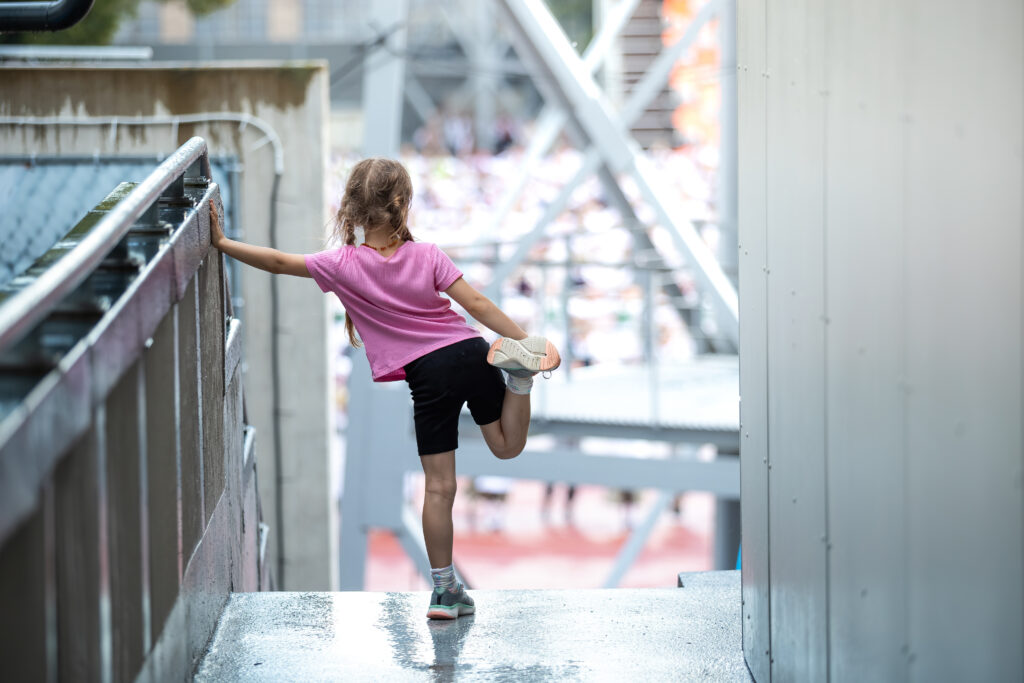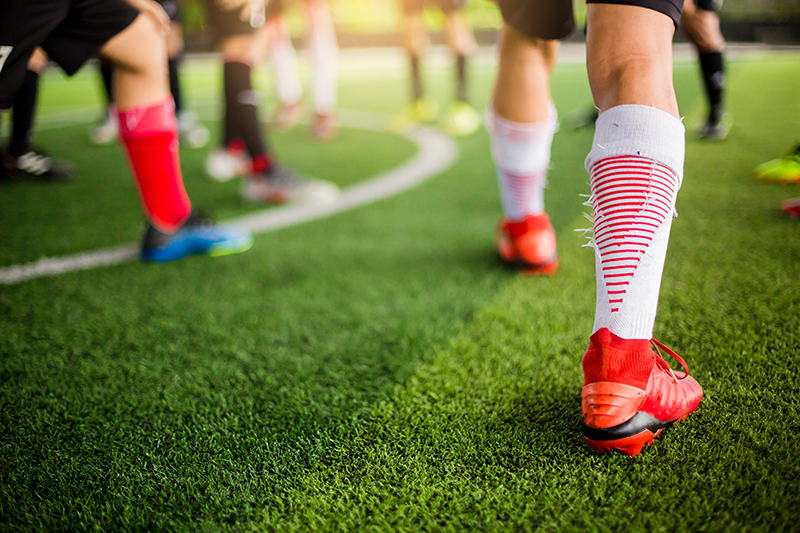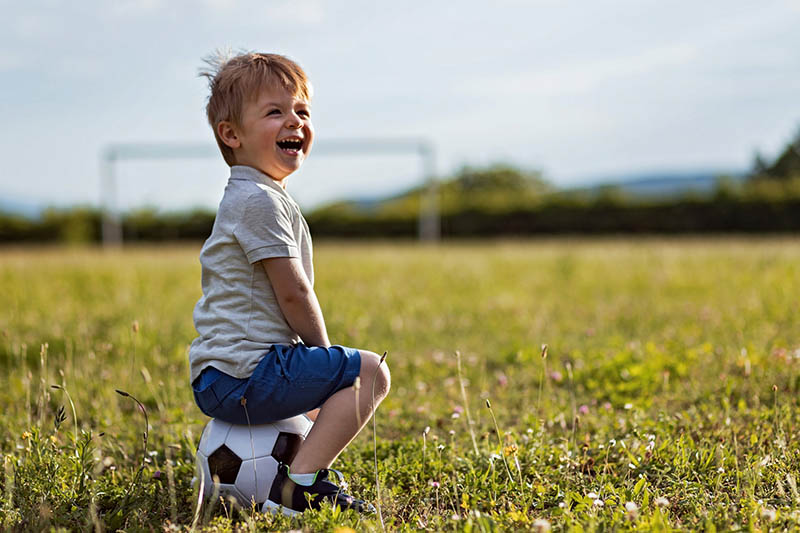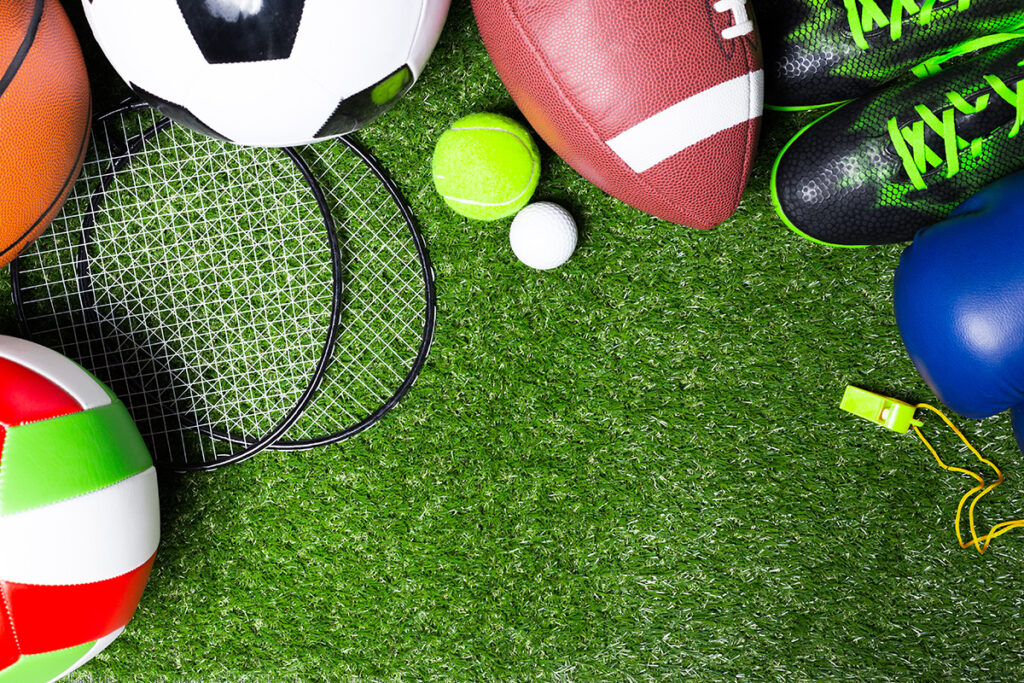When children are growing and staying active, knee and heel pain can sometimes slow them down. From “runner’s knee” to plantar fasciitis, these aches are often linked to tight muscles, overuse, or sudden growth spurts. Understanding proper stretching for knee and heel pain can help young athletes stay in the game while reducing discomfort.
Why Growing Kids Develop Knee & Heel Pain
Growing kids are especially prone to knee and heel pain due to rapid changes in bone length, muscle flexibility, and tendon strength. Common conditions include:
- Patellofemoral Syndrome (Runner’s Knee): Pain around the kneecap caused by imbalances in the quadriceps muscles. It often worsens with running, squatting, or stair climbing.
- Osgood-Schlatter Disease: Swelling at the shin just below the kneecap due to stress on the growth plate during high-impact sports.
- Sever’s Disease: Heel pain linked to inflammation of the growth plate in the calcaneus, often caused by tension from the Achilles tendon.
- Plantar Fasciitis: Inflammation of the plantar fascia—the thick band of tissue connecting the heel to the toes—causing heel pain, especially in active children.
Tight calf muscles, weak hip and thigh muscles, flat feet, or poor biomechanics can all contribute to these issues. Stretching the muscles in your child’s lower leg, along with gentle strengthening exercises, helps reduce stress on the knees and heels while improving flexibility.
5 Essential Stretches for Young Athletes
Here are five key stretching exercises for knee and heel pain. Always encourage gentle stretching and avoid forcing a stretch.
- Calf Stretch (Standing)
- Stand with feet flat on the floor, facing a wall.
- Place hands on the wall and step back with the left leg.
- Keep the leg straight and gently pull your heel toward the floor.
- Hold the stretch for 20-30 seconds and return to the starting position.
- Seated Plantar Fascia Stretch
- Sit flat on the floor and cross your left leg over the right.
- Gently pull back the big toe toward your shin to stretch the plantar fascia.
- Hold for 15-20 seconds and repeat on the other foot.
- Hamstring Stretch
- Sit on the floor with legs straight in front.
- Reach toward the toes with a gentle pull, keeping the back straight.
- Hold for 20 seconds and release slowly.
- Quadriceps Stretch
- Stand and hold onto a chair for balance.
- Bend the left leg backward and hold the ankle to stretch the front of the thigh.
- Keep knees close together and hold the stretch for 20-30 seconds.
- Ice Roll for Heel Pain
- Roll a frozen water bottle under the heel for 5-10 minutes after activity.
- This is especially helpful for plantar fasciitis to reduce inflammation.
These stretches target muscles in your lower leg, stretching the muscles that impact knee and heel mechanics while supporting recovery and preventing injury.
When to Stretch: Pre-Activity vs. Recovery Routines
- Pre-Activity: Warm up first with 5-10 minutes of light movement, then perform dynamic stretches (gentle leg swings, walking lunges).
- Post-Activity/Recovery: Focus on static stretches for the calf, hamstrings, quadriceps, and plantar fascia. Holding stretches for 20-30 seconds helps muscles recover and maintain flexibility.
A consistent stretching routine can improve performance, reduce injury risk, and support young athletes through growth spurts.
Stretching Don’ts: Common Mistakes to Avoid
- Bouncing: Avoid rapid, forceful movements while stretching.
- Overstretching: Gentle stretching is key—never push through sharp pain.
- Skipping Both Legs: Always stretch both legs, even if pain is only on one side.
- Ignoring Recovery: Stretching is most effective when combined with rest, ice, and strengthening exercises.
Complementary Treatments for Persistent Pain
For ongoing discomfort, consider:
- Strengthening exercises for hips, thighs, and calves to improve biomechanics.
- Supportive footwear for flat feet or pronation.
- Physical therapy for guided exercises and injury prevention strategies.
- Ice or anti-inflammatory measures post-activity for Osgood-Schlatter, Sever’s disease, or plantar fasciitis.
Remember, stretching alone may not fully resolve pain, but combined with proper strengthening and recovery strategies, it can help keep children active.
Expert Care for Growing Pains
If knee or heel pain persists, a physical therapist or pediatric orthopedic specialist can evaluate your child and create a tailored plan. Proper diagnosis, guidance on stretching exercises, and monitoring can prevent long-term issues and ensure a safe return to sports.
Takeaway: Regular, gentle stretching for knee and heel pain, combined with strengthening exercises and expert guidance, helps young athletes maintain mobility, recover faster, and enjoy their favorite activities without discomfort.



